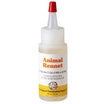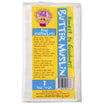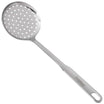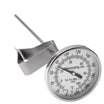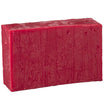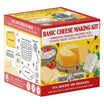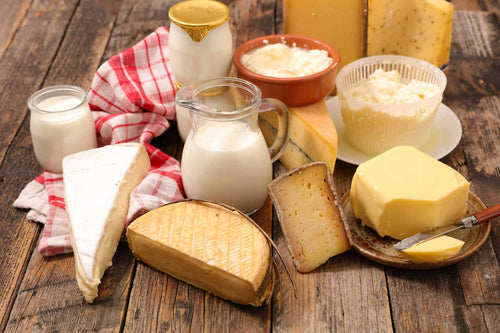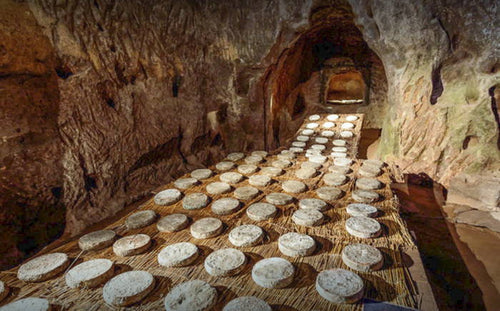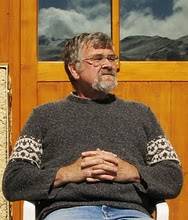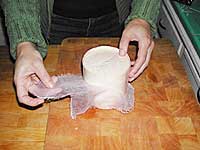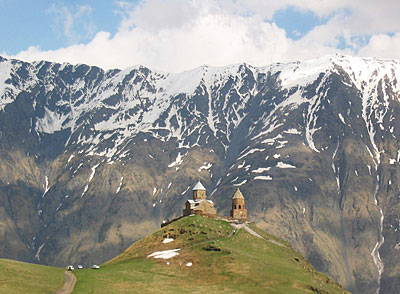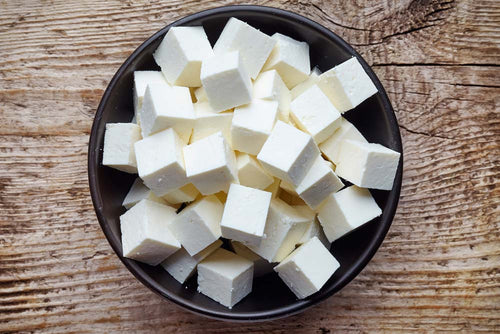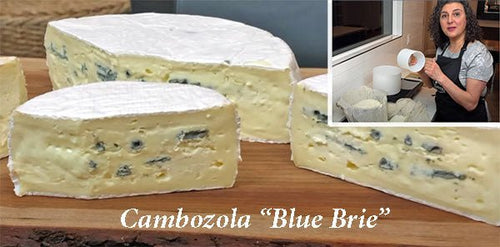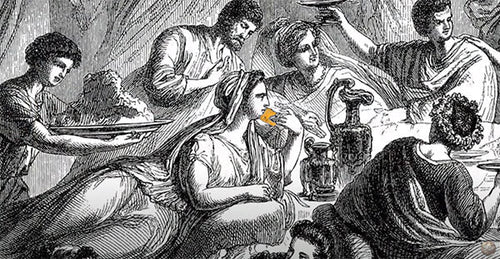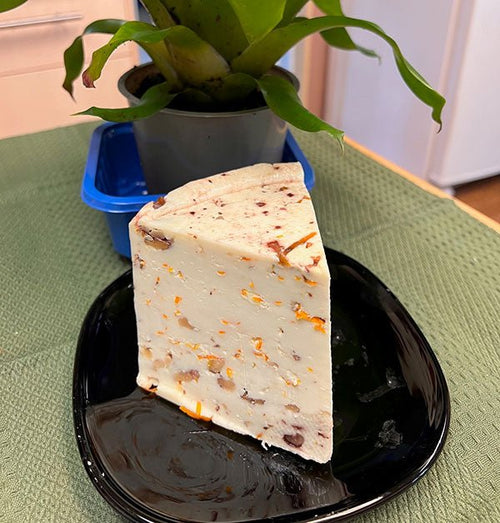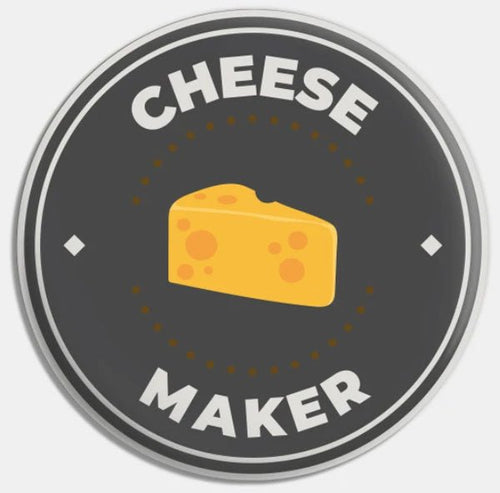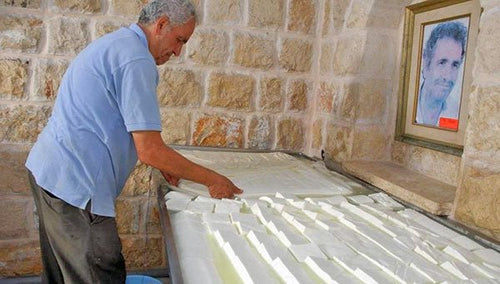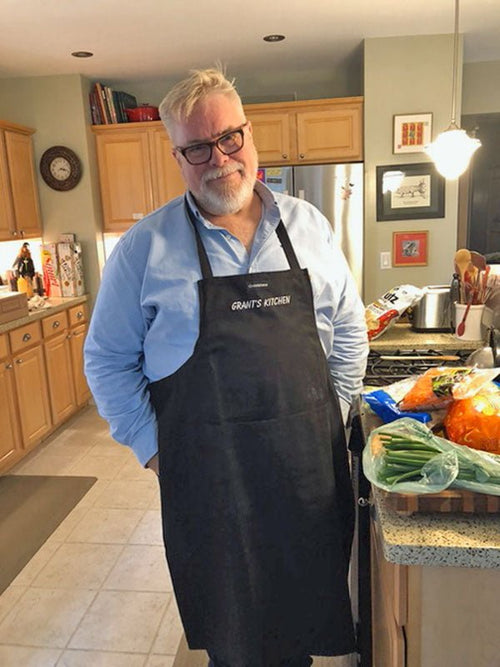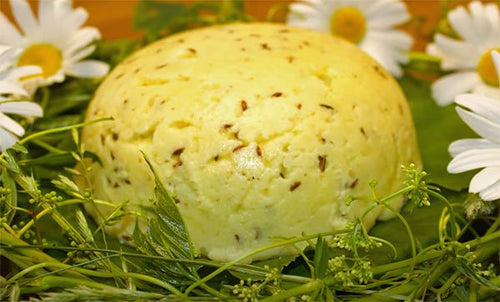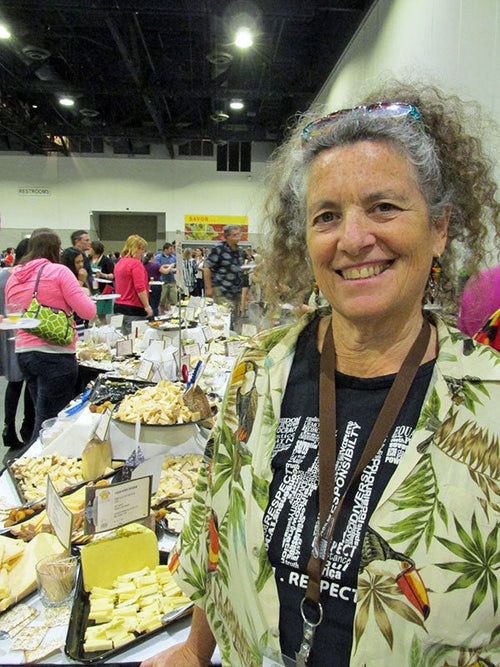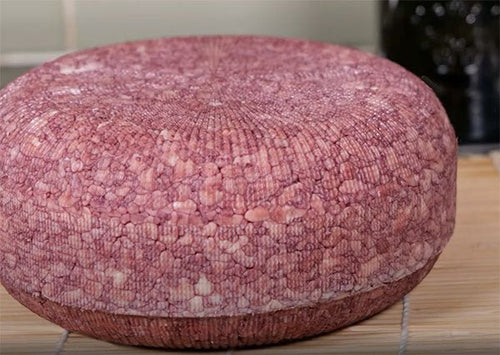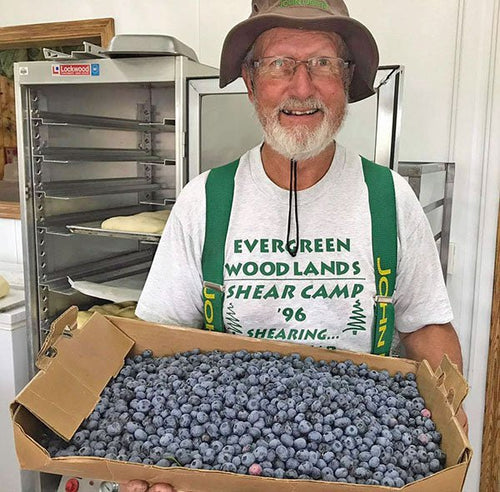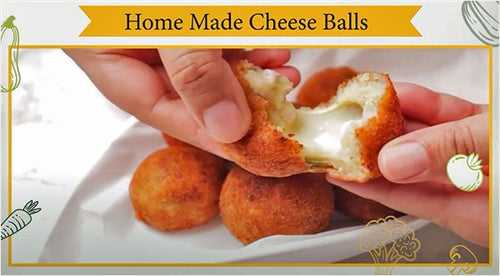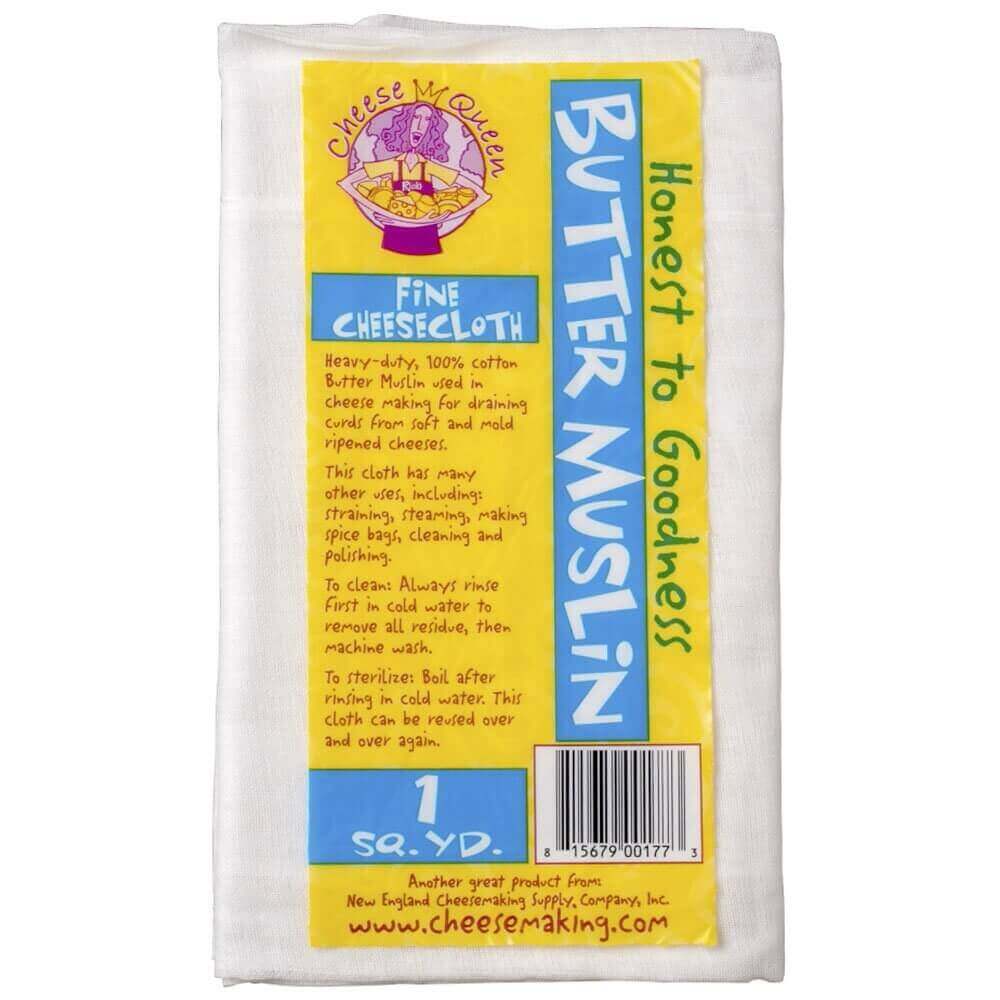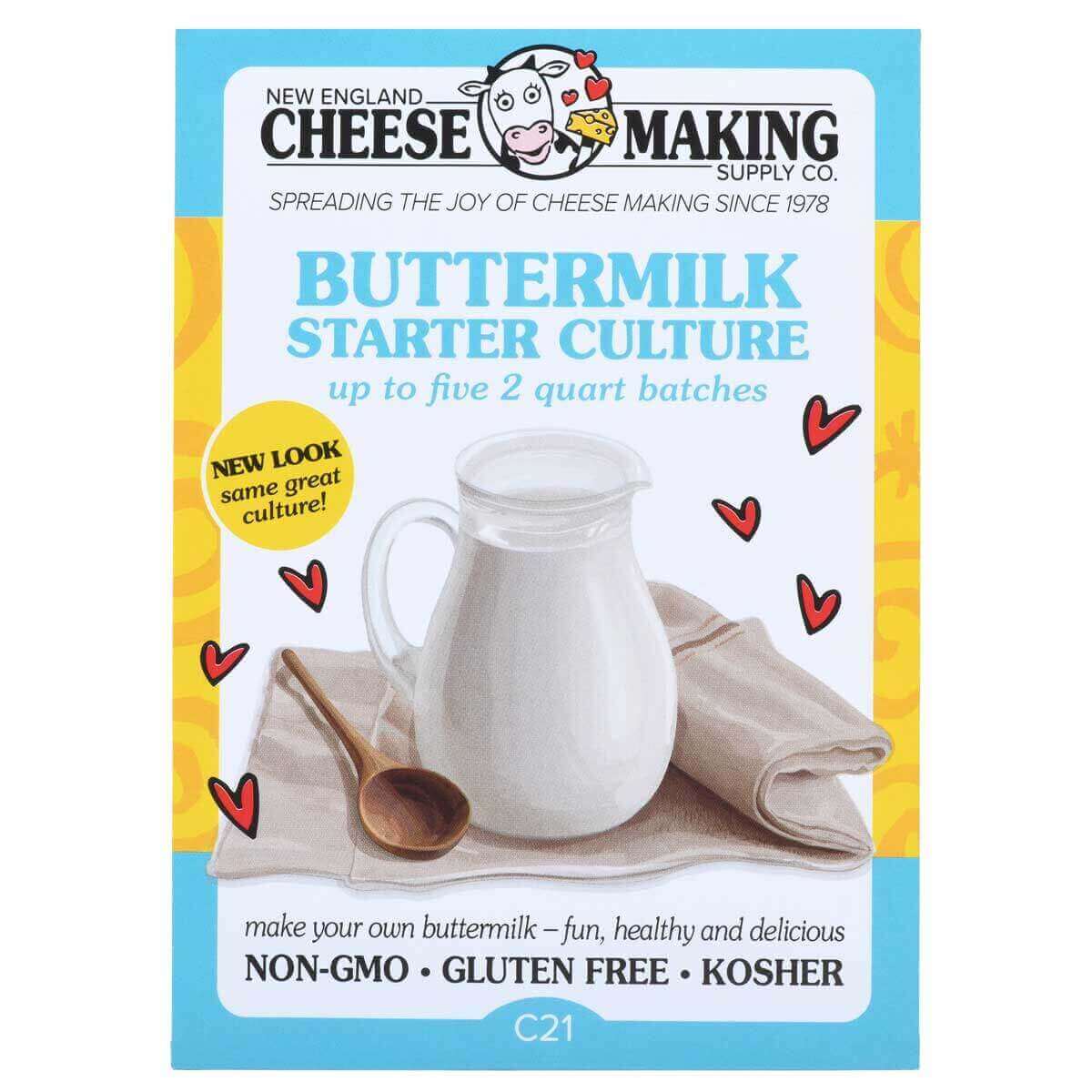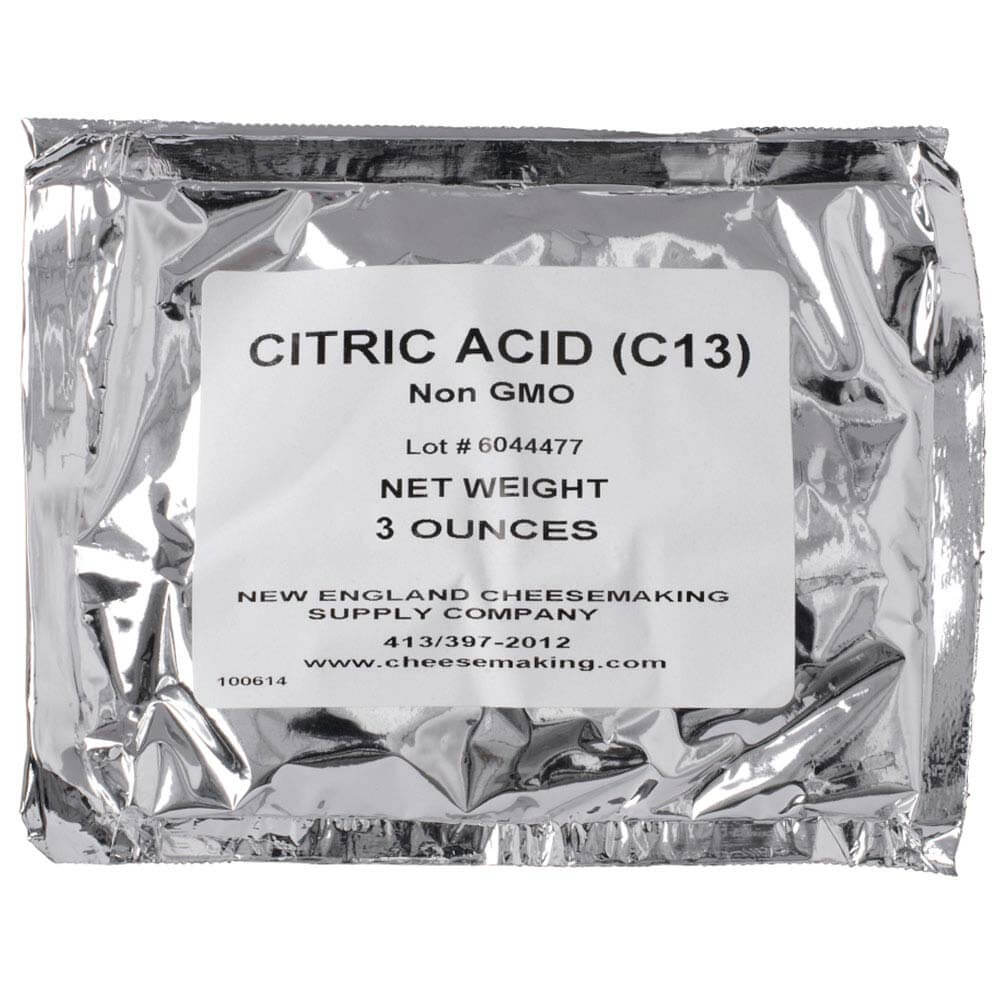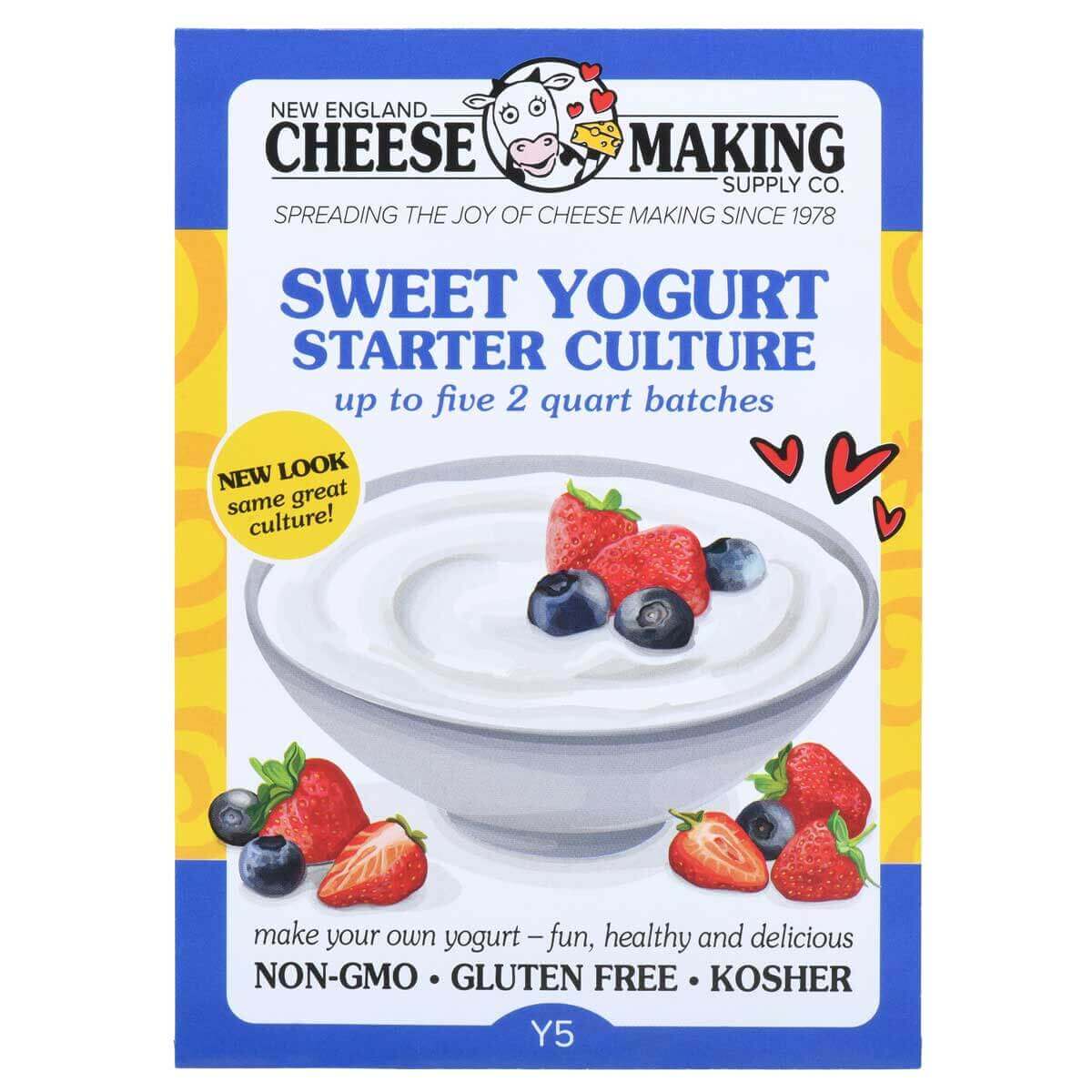Cheese Making Recipes of the Month
Ricotta
... From Milk
... From Whey
... Drier Ricotta
...pressed Ricotta
Cultured Butter at Home
This will probably be more than you ever wanted to know about making cultured butter but Holly is so into this that she sent us this fabulous web page that she has done ... Enjoy!
Cheese Making Questions & Answers
Q. I have been making your quick Mozzarella for years..(from fresh milk). I tried this one time as part of a class I did...everyone purchased milk from the store and I used fresh... only mine came out...I had six ladies standing around my table with riccotta. They all did the same thing I did as I did it.
... I did the same activity again, this time I arranged to get fresh milk form a local farmer...everyone's cheese came out great!
Could it be that all the milk in our local stores is coming form the same place and it's all ultra pasteurized? It does not say ultra pasteurized on the label. If this is true what can we do?
A. Wow ... what a graphic picture of our current milk situation (and this could be fast forwarded into the rest of our food supply) ... please see the link attached to our mozz recipe page on milk quality and making mozz ... the real problem is that milk is being shipped cross country after being processed by huge processing plants .. in order to do this the milk must be processed at higher temps and then held at cold temps for long periods while shipping long distances to markets .. this is especially true for our so called "organic milks" ... many of the milks not labeled as UP are in fact heat and cold damaged and will not make a proper cheese curd
.. our best advice to date is to buy a LOCAL milk .. one that has not had to have the extensive "LongHaul" treatmen there in MA we use a Local milk "Our Family Farms" and "Garelick" also sometimes "Hood" works for us.
... I have been working w/ milk for some time now and can not help to wonder what with all of these changes in it .. how is our body assimilating this industrial milk ..
... If the public becomes aware of the problem perhaps they will react
... rBGH/BST has been taken out of the picture by an increasing number of milk processors due to public protest
... perhaps we do now need to speak up about the other bad aspects such as heat treatment and long storage ... the public does have the power to speak with $$$$ spent or not
Q. In making Mozzarella, I still cannot figure out why my curds were still very loose after the “resting” period following the addition of rennet. I did manage to work around that by draining the cheese in a colander draped with the butter muslin however, this was somewhat messy since the cheese got stuck to the cloth. I cannot help but continue to ask myself if it was something I did wrong or maybe the milk needed to rest longer. Any suggestions you can give me would be greatly appreciated.
A. This is most probably due to the nature of the milk you are getting ... curd strength is related to the amount of protein/calcium in the milk ... fresh farm milk has the best balance and hence the strongest curds .. store bought milk will vary in protein/calcium due to high processing temps and cold aging .. the more heat they apply and the longer it is cold stored the weaker this Protein/Calcium balance is hence the weaker the curd .. In all of our photos and workshops we use store bought milk but choose LOCAL production and look for it FRESH .. the results are what you see on the website...
.... A few days later this note arrived ...
"Patience does pay! Tried another milk and my second batch resulted in THE MOST AWESOME MOZZARELLA I have ever seen!!!"
Q. I have been trying several different brands of milk from my store shelf and my Mozzarela stiil comes out looking like Ricotta .. It will not form a firm curd .. I have exhausted my local milk supply but would still like to make your 30 minute Mozzarella
A. This is something that we hear these days and there is a brightness on the horizon for you ... Believe it or not we have had fabulous results in making our mozzarella from the combination Nonfat Dry Milk plus Cream. If you can not find good quality local milk give this a shot.
Use a good quality Non Fat Dry Powder milk such as 'Carnation' brand. We have found that some NFDM produced in other parts of the world and sold through "discount" stores does not work due to the method in which it is produced (too high temperature for drying).
For 1 Gallon of milk ....
- Mix up 4 quarts of NFDM powder according to manufacturers instructions
- Let it re-hydrate overnight .. remove 1/2 -1 pint milk to make room for cream in next step
- heat cream to 100F (1 pint light cream or half and half or if only heavy cream can be found use 1/2 pint) ... add this to your milk
It is OK if the cream is UP because the calcium and protein curd making components will be found in the NFDM portion.
You are now ready to use this milk in making your cheese...
Q. I tried to make camblu and everything went fine except the surface molds which never grew at all. I bought the penicillium and geotrichum from you and I stored them properly and used them exactly as per the instructions.
I hydrated the molds with filtered water from my fridge dispenser. Could the chlorine have killed the molds or could the molds have been bad? Since I was using two molds it seems unlikely that both molds were bad, but I can't figure out what went wrong.
A. Chlorinated water is always a problem when working with molds and bacteria. Think about the fact that it is normally put in drinking water to kill things.
The other factor could be that the final cheese was dried too much for the mold to grow well. The aging space could also be too dry. Mold needs a good amount of moisture in order to thrive.
Have a cheese making question, we're here for you: info@cheesemaking.com
Cheese Travels?
we began in the beautiful mountains of Haute Savoie in eastern France sharing the border with Italy.
Here we met our new friend Pierre Gay who has introduced us to other fine cheese makers in the mountains.
Along the way we pass this local Abondance herd, taking to the Hi-way in transit to their mountain pastures
Jim (our 'tek guy') has been off again to visit cheese makers in France and Italy
Over the next few issues the details of this trip will be unfolding in our News Letters
We will visit Markets where the best cheese is sold and venture into Caves and Cheese rooms with Cheese Makers and Affineurs.
This past May Jim spent 3 weeks visiting cheese makers and aging centers in the Savoie area of France and through out Northern Italy.
The target cheeses were Reblochon, Beaufort, Fontina, Taleggio, and Parma during the next few newsletters his adventures will unfold here.
Our fortunes had us visiting this "cheese maker in the clouds" on her first day making cheese on the Alpage. Across the border in Italy we focus on the production and aging of the Fontina Cheese.
News From Fellow Cheese Makers
And just how much trouble can a cheese making kit get you into anyhow ????
I received your 30 minute Mozzarella and Ricotta kit for Christmas 2005 and have enjoyed making and eating cheese from my own kitchen.
I recycle as much as possible and give what I can back to the earth. After using the whey from my cheese making for plant food, baking, etc…I still found myself with an over abundance.
I learned at the local feed store that pigs love and thrive on a diet supplemented with whey. I contacted several local pig farmers about donating my whey and found a small piggery that would take the extra whey. When my husband and I delivered our first batch, the farmer suggested that we raise a couple of piglets ourselves and of course he had two “left-over's” from a late fall litter that hadn’t grown much over the winter that he would sell to us at a discounted price (25lb.piglets at & 35.00ea.).
We decided it was worth a try, left a deposit and went home to build an 8’x10’ shed with access to an outdoor pen. We picked them up a week later (3/19). They both fit into a medium dog kennel in our van. We fed them pig chow along with the whey, vegetable scraps and stale baking products twice a day and provided them plenty of water. To our great surprise they potty-trained themselves to one corner of the outdoor pen so we never had to clean up the shed.
Within 6 weeks our pigs had flourished to 100 pounds each. After 6 months we had them slaughtered. They weighed 300 lbs. and each pig yielded 150 lbs. of the best pork, ham and bacon we have ever tasted!
Their “potty area” is turning into very rich compost that we will use this year to feed our garden soil. We’ll grow herbs and veggies to flavor our cheeses. Our next pigs will eat the spent plants.
The pigs became our walking compost bin.
I’m not ambitious enough to get a dairy cow or goat so I’ll continue to buy the milk. I find myself shuddering every time I throw away veg. scraps this winter. I’ve frozen as much as I have room for in my freezer and add to it each time I remove a pork product to eat; ready for this spring’s piglets to enjoy.
Who knew what getting one cheese making kit would lead us to? We don't own farm acreage just 3 acres.
A note from Teresa Szobody in Chad
Dear Ricki,
I have to tell you! We've come over from Chad again this year to Maroua, Cameroon, and I was so disappointed to find that Gino, our Italian restaurant owner, has moved to the Ivory Coast. I would not be able to ask him whether or not he was successful on his own making mozzarella for the restaurant or whether he ever received the rennet order from you last year – I was worried because the mail system here is so poor.
Last week, a man came by to sell us fresh milk which I bought for cheese-making, only to discover that we left our rennet back in N’Djamena – bummer! He came again today and with him this time he had mozzarella. I asked him how they made it and it was your “fast” method, so I asked if he knew Gino. He said it was Gino who taught them! In fact, right before moving, Gino left what remained of his rennet and citric acid with them – a group of Cameroonians who have started a small business, under the direction of an Italian lady, testing, chilling and selling milk brought in from local herdsmen. Last year the Italian woman overseeing the project hadn't yet succeeded in making mozzarella. So the one order you sent has benefited many, teaching Cameroonians to conserve milk and profit from cheese-making... with their cheese clientèle being mostly Europeans and Americans who live here. Now I know that Gino not only succeeded for himself, but shared his new skill with others and did, in fact, receive the order. All good news.
What's New at Cheesemaking.com
Barbara Kingsolvers new book "Animal Vegetable, Miracle" is recently out with quite a feature on Ricki and our 'Cheese Making World'
... this has made Ricki a VERY busy woman with new people every day beginning to explore the cheese making at home idea. The down side to this is that since there is only one 'Cheese Queen' and she can only do so much .. the Fall Cheesemaking 101 classes have been totally filled (The 201 classes with Jim are still available).
If you were considering taking one of Ricki's intro classes please see the note in our workshop section
Both Ricki and Jim will be at the American Cheese Society Conference held in Burlington Vermont this year. This is our annual opportunity to get to meet with a lot of other cheese makers ... So if you happen to be up there please stop and introduce yourself we would love to meet you and hear about your role in the cheese world.
Sept. 21-24 Jim will be in Bra, Italy for 'Cheese 2007'. This is the largest event of it's type in the world and is sponsored by Slow Foods. While there he will also be making a few visits to cheese makers on the French side of the Alps as well. So we can expect more great things in his workshops and on these Newsletter pages.
Please send your cheese making news & photos to: moosletter@cheesemaking.com
















